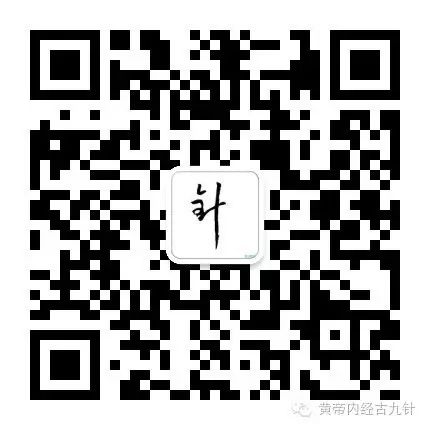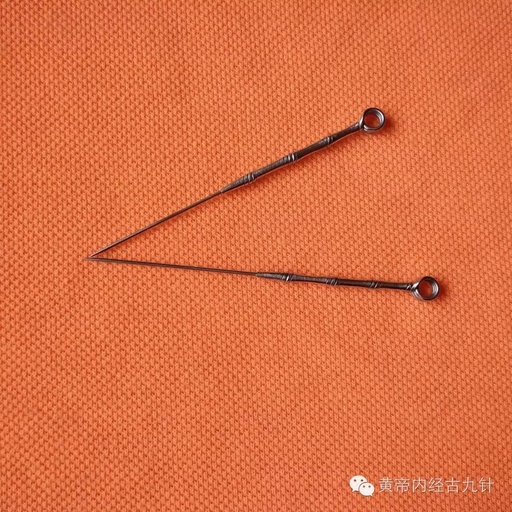Mao Zhen (Fine Needle)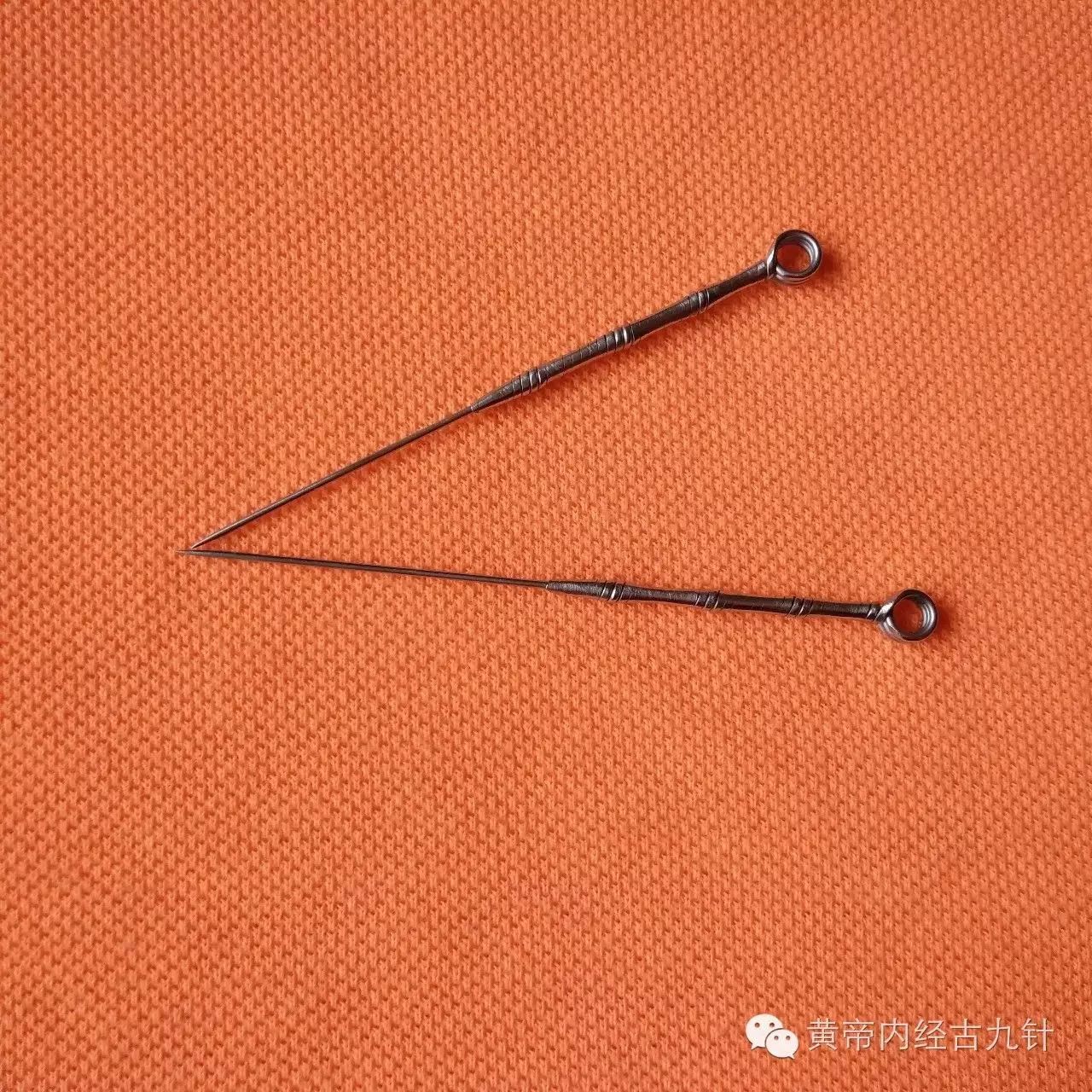
《灵枢.九针十二原第一》 Seven discusses Mao Zhen, which is one inch and six tenths long. The Mao Zhen is pointed like a mosquito’s proboscis, used gently and slowly, lingering slightly to nourish and alleviate pain and numbness.
《灵枢.官针第七》 For pain and numbness that does not go away, use Mao Zhen.
The second is called Bao Ci (Reinforcing Needle), which is used for pain in irregular locations. For upward and downward movement, insert the needle straight without withdrawing it, using the left hand to press on the area of pain, then withdraw the needle and reinsert it.
The fourth is called Qi Ci (Parallel Needle), which involves inserting one needle straight and two needles at an angle to treat coldness that penetrates slightly deep; or it can be referred to as San Ci (Three Needles), which treats coldness that penetrates slightly deep as well.
The tenth is called Yin Ci (Yin Needle), which involves needling from the left and right to treat coldness and collapse; for central coldness, it is at the back of the ankle’s Shaoyin point.
The eleventh is called Bang Zhen Ci (Side Needle), which involves inserting one needle straight and one needle at an angle to treat lingering numbness.
For pulses that are deep and not visible, use a fine needle to penetrate slightly inward and linger to restore the empty pulse energy.
《灵枢.九针十二原第一》
Qi Bo replied: I will analyze and categorize them, starting from one and ending at nine. Let me explain the method! The essence of fine needles is easy to describe but difficult to apply. Many translations refer to fine needles as Mao Zhen, but in fact, fine needles refer to the collective term for the nine needles. Some may disagree, saying that your nine needles are much thicker than my sharp needle, and cannot be considered fine needles. Please listen to my detailed explanation. In ancient times, the techniques of external treatment in TCM began with Bian Shi (stone needles) -> Gu Zhen (bone needles) -> Zhu Zhen (bamboo needles) -> Jin Shu Zhen (metal needles). The nine needles are a product of the metal age, and using metal needles for treatment has greatly improved in hardness, flexibility, and sharpness compared to previous needle types. Therefore, the term fine needles in the context of the Inner Canon refers to the nine needles as a whole, not just Mao Zhen.
《灵枢.终始第九》
In all needling methods, one must observe the shape and energy. If the flesh has not yet detached, and the energy is weak while the pulse is agitated, agitation indicates a need for careful needling; dispersing energy can be collected, while gathering energy can be distributed. When deeply settled in a quiet place, close the doors and windows, ensuring the spirit does not scatter, focus on one intention, and separate the essence and energy. Do not hear human voices to gather the essence, and unify the spirit, directing the intention towards the needle. Insert shallowly and linger lightly to shift the spirit; when the energy arrives, then cease. Men needle internally, women externally; firmly resist outward movement, and carefully guard inward movement, which is called obtaining energy.
“Insert shallowly and linger lightly to shift the spirit; when the energy arrives, then cease.” This refers to the Renying (Ren Pulse) and Cunkou (Cun Pulse) needle method, adjusting the pulse through pulse diagnosis. Both excessive heat and deficiency are pathological pulses, so comparing the pulse of Renying and Cunkou, if it is excessive, disperse it; if deficient, supplement it. What is supplementation? What is dispersion? “Needle tip following the meridian is for supplementation, needle tip against the meridian is for dispersion; immediately pressing the needle hole is for supplementation, enlarging the needle hole is for dispersion,” etc., all correspondingly apply. “All needling must disperse.”
The nine needles recorded in the Inner Canon include Chan Zhen (spear needle), Yuan Zhen (round needle), Liu Zhen (sharp needle), Feng Zhen (pointed needle), Bi Zhen (copper needle), Yuan Li Zhen (round benefit needle), Chang Zhen (long needle), and Da Zhen (big needle). All these eight needles are for dispersion, while only Mao Zhen has a supplementation method, mainly in comparison to individuals with normal energy and blood. If a person’s overall energy and blood are extremely weak, even using Mao Zhen for supplementation will still disperse their energy.
《灵枢·邪气脏腑病形第四》 If both energy and blood are insufficient, do not use needles, but adjust with sweet herbs. Therefore, such patients cannot be treated with needles alone; sweet herbs must also be used for adjustment. If any practitioner claims that needle methods can cure such patients, do not consider it; that practitioner is surely a fraud. I have seen some practitioners sign contracts to treat certain diseases, guaranteeing a cure for specific conditions. While you may have effective treatments for these diseases, there will always be patients with “both energy and blood insufficient.” How can you guarantee treatment? They are either frauds or characters from a comedy skit “Hooey”. Although Western medicine may not have good methods for certain diseases, they are very cautious in treating illnesses. Some so-called TCM masters, advertising guaranteed treatments and signed contracts, are actually tarnishing the reputation of TCM, leading critics to label TCM as pseudoscience, precisely because such individuals are giving TCM a bad name. It is truly speechless.
《灵枢.本神第八》
Fear and inability to resolve harm the essence; if the essence is harmed, the bones become sore and weak. Therefore, the five organs are responsible for storing essence and must not be harmed; if harmed, they lose their defense and become yin deficient; if yin is deficient, there is no energy, and without energy, there is death.
Therefore, when using needles, one must observe the patient’s condition to understand the existence and loss of essence, spirit, soul, and corporeal soul. If any of these five are harmed, needles cannot treat them.
Thus, I exclude such types of patients who are not suitable for needle treatment before treating. Practitioners are human, not gods, and cannot encompass such cases. Many colleagues ask online about how to treat certain diseases, and I truly cannot answer, nor can I, as I am not a conservative.
《灵枢.九针论第七十八》 Seven refers to the stars. The stars are the seven orifices of a person, where evil resides in the meridians, causing pain and numbness, corresponding to the meridians. Therefore, treatment involves needling, making the tip like a mosquito’s proboscis, gently and slowly, lingering slightly to nourish the righteous energy, expelling both true and evil, and nurturing after withdrawing the needle. Seven refers to Mao Zhen, which is modeled after fine hair, one inch and six tenths long, primarily for cold, heat, and pain in the meridians.
“Making the tip like a mosquito’s proboscis” means that Mao Zhen comes in various sizes; the small size resembles a mosquito’s mouth, while the large size resembles a buffalo mosquito’s mouth. For patients with sequelae of stroke and soft paralysis, it is suitable to use a large Mao Zhen to nourish the affected limb, adjusting the patient’s overall energy and blood to the affected limb to restore muscle tone. If it is a case of hard paralysis, using Mao Zhen will only make it harder; thus, it is not suitable for Mao Zhen’s method of “gently and slowly, lingering slightly.” The use of Mao Zhen is to nourish the righteous energy; when the patient’s righteous energy returns, the needle site becomes red, and the evil energy is suppressed. Therefore, “when the righteous energy is stored within, evil cannot invade.” The focus is on “gentle” and “linger,”strong> with the needle site becoming red “when the energy arrives and is effective,” then the needle can be withdrawn.

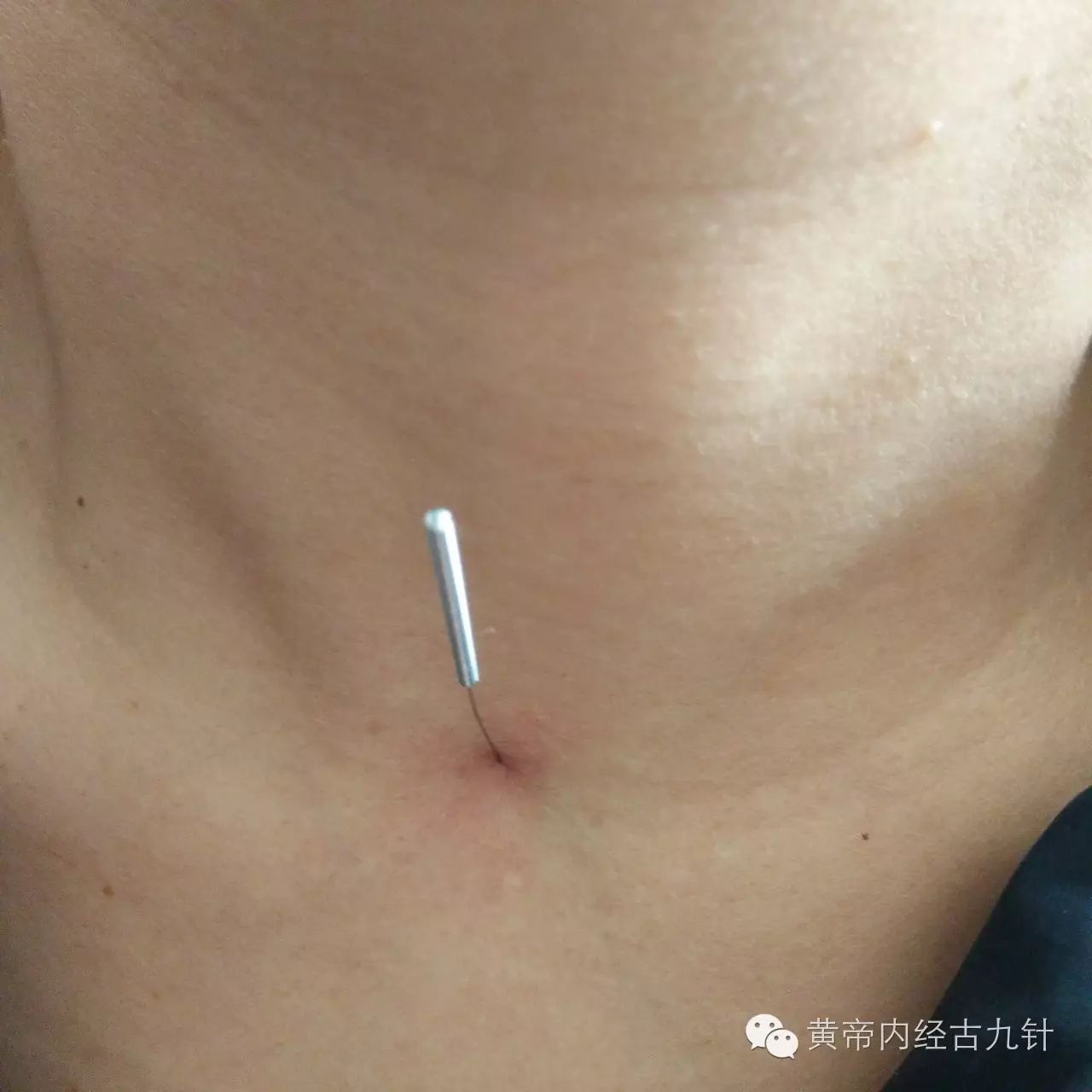
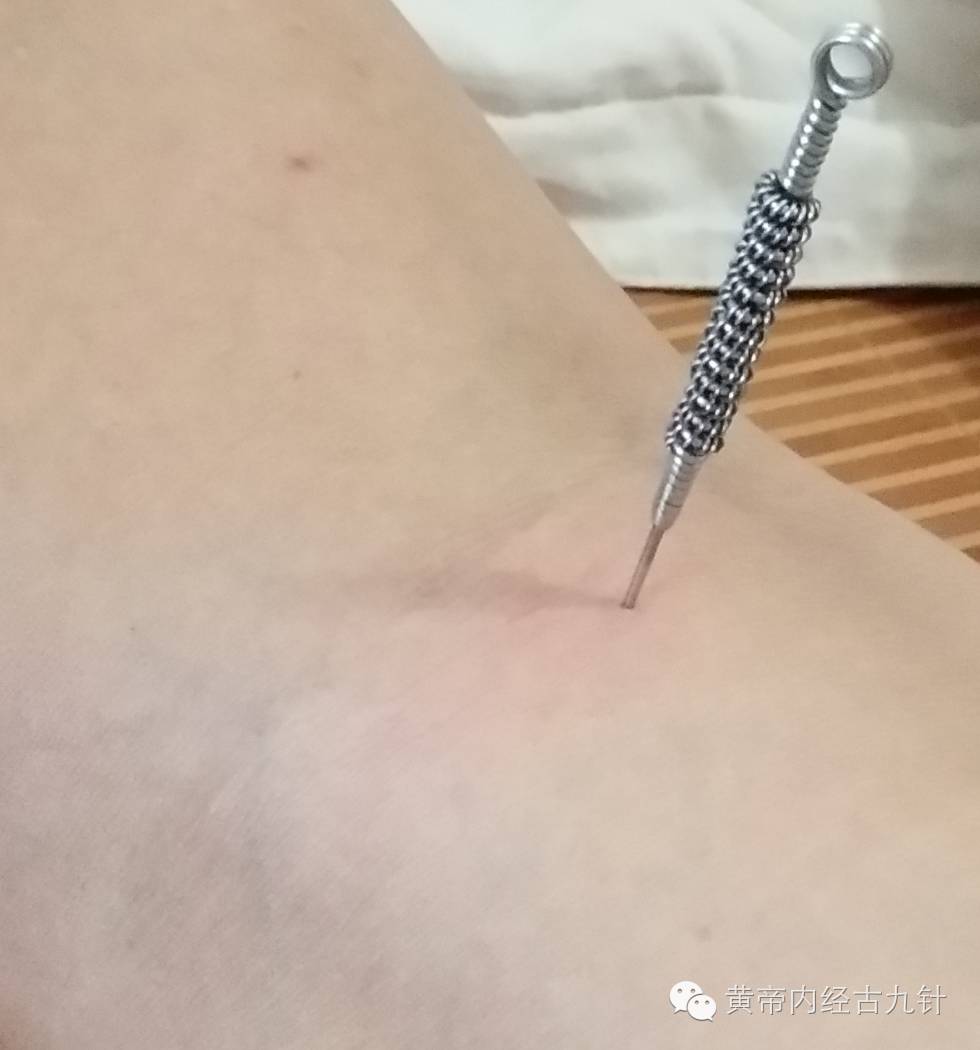
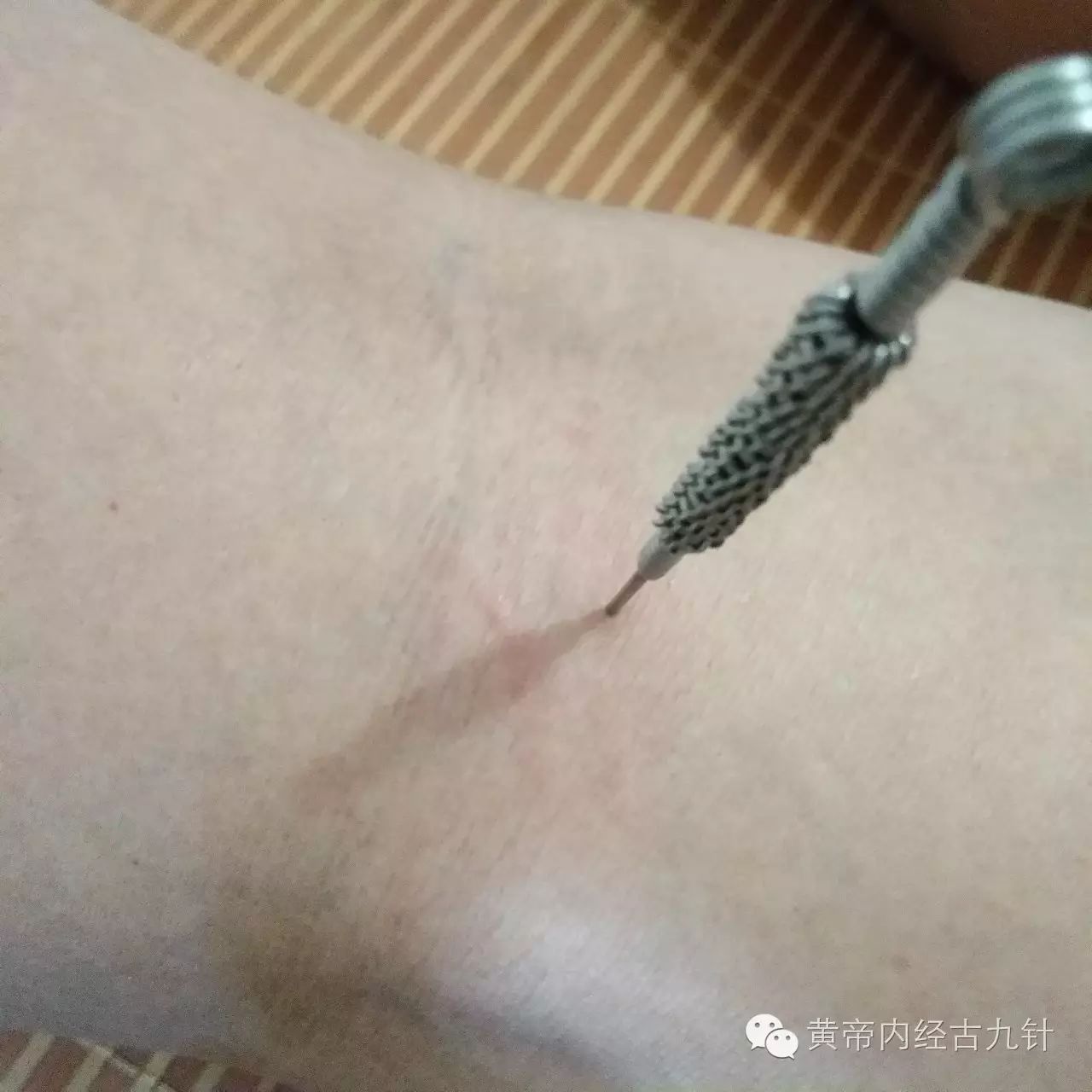
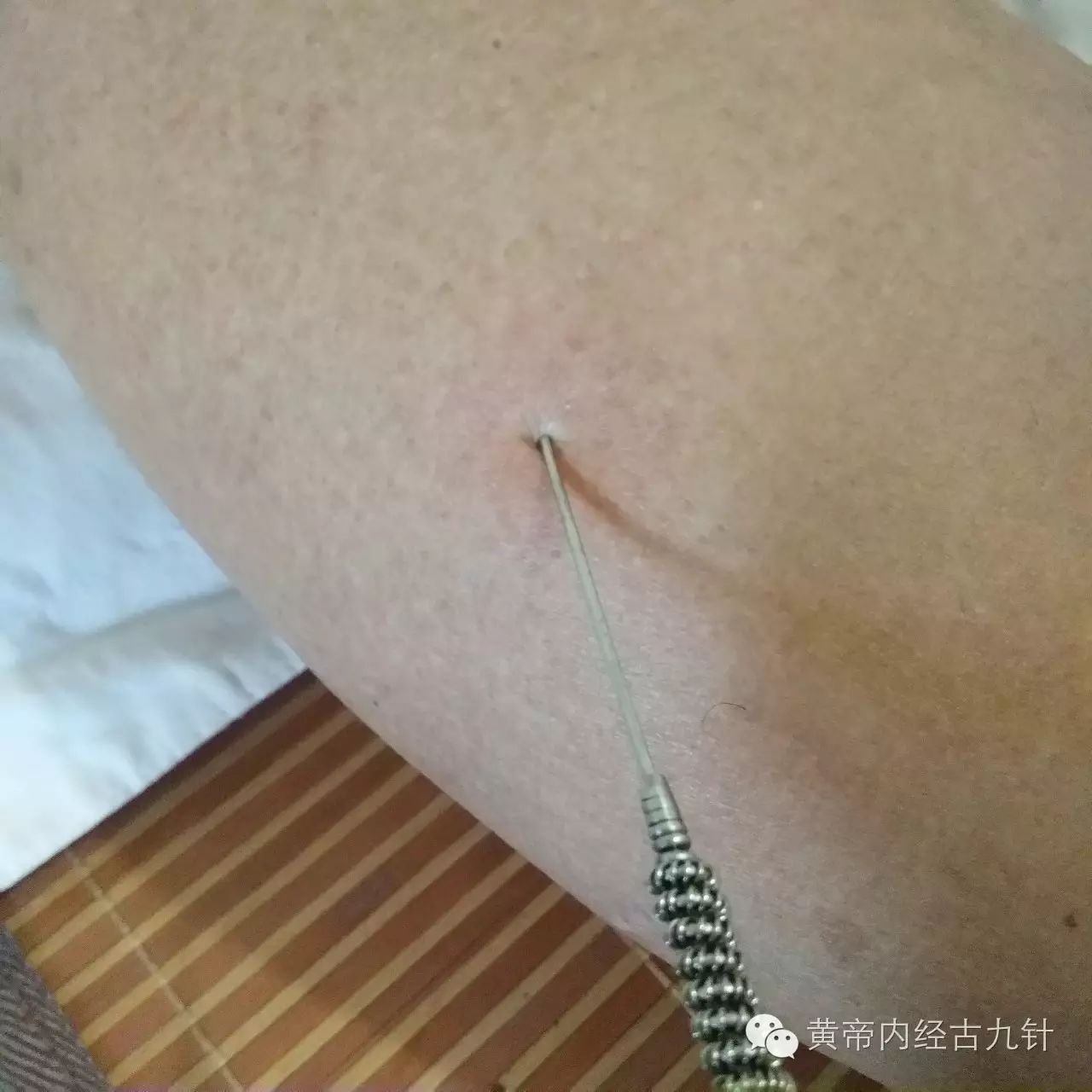
If the patient’s pulse shows changes, adjusting the pulse with Mao Zhen means using a relatively smaller Mao Zhen to needle; using a thicker Mao Zhen will disturb the patient’s energy and pulse, making it difficult to judge accurately. When the pulse is balanced, the needle can be withdrawn. Thus, 《灵枢.终始第九》 states: In all needling methods, energy is adjusted and then stopped, supplementing yin and dispersing yang, enhancing energy and clarity, leading to sharp hearing and vision; the opposite results in blood and energy not flowing. Mao Zhen’s pulse adjustment primarily treats organ diseases. 《灵枢.禁服第四十八》 must carefully examine the root and branch, observing cold and heat to verify organ diseases. Now, the popular pulse needle can effectively treat organ diseases, but if you want to use Mao Zhen to adjust the pulse for skin, muscle, tendon, bone, and pulse numbness caused by wind, cold, and dampness—meridian diseases—that is unrealistic; it requires other needles to assist. Therefore, the nine needles form a team; without one needle, the treatment scope is self-evident.
The Renying Cunkou needle method (Pulse Needle) will be explained in the next session.
☆曉陽● WeChat QQ: 285028505
Respecting the original meaning of the Inner Canon;
Restoring the ancient appearance of the nine needles.